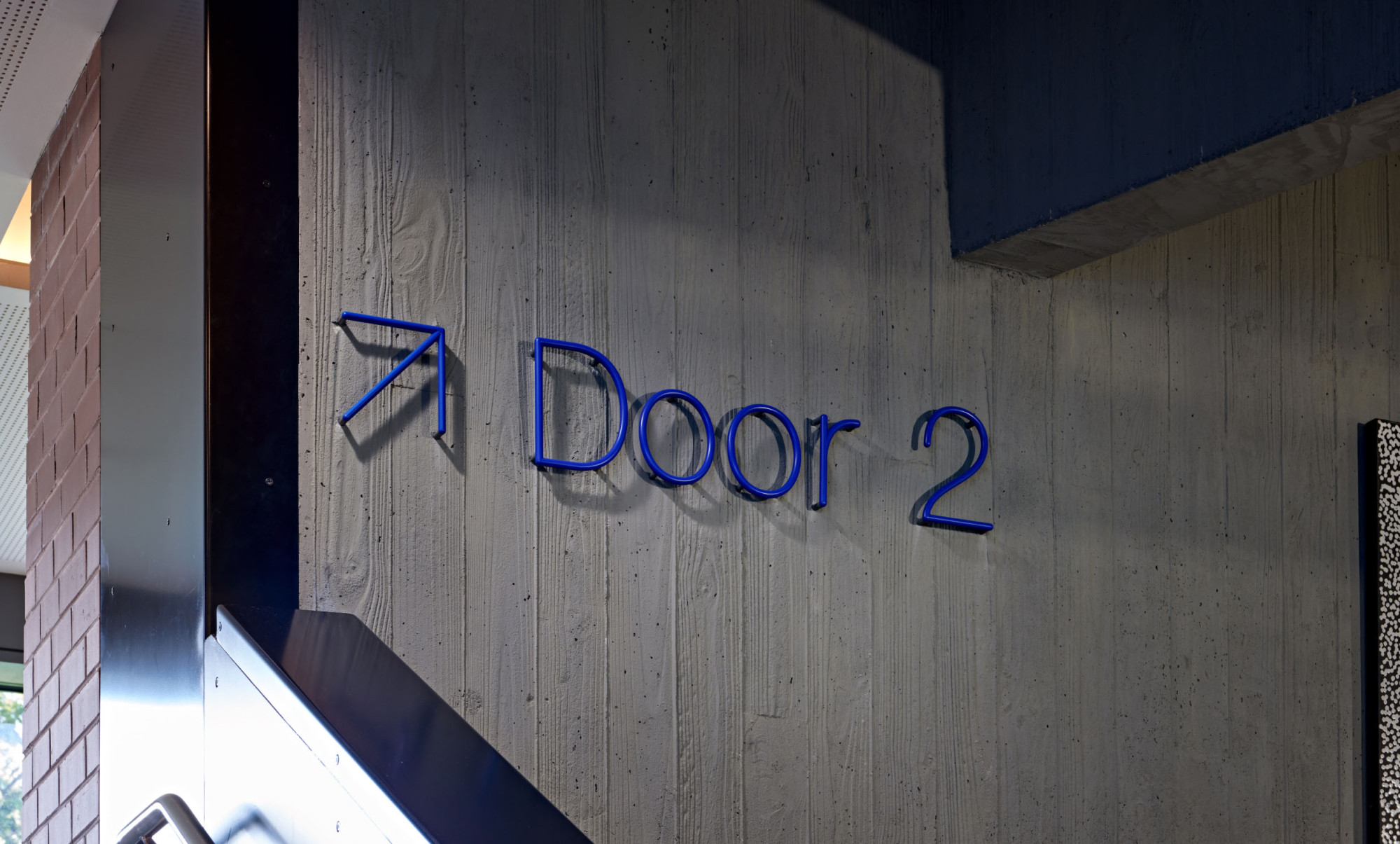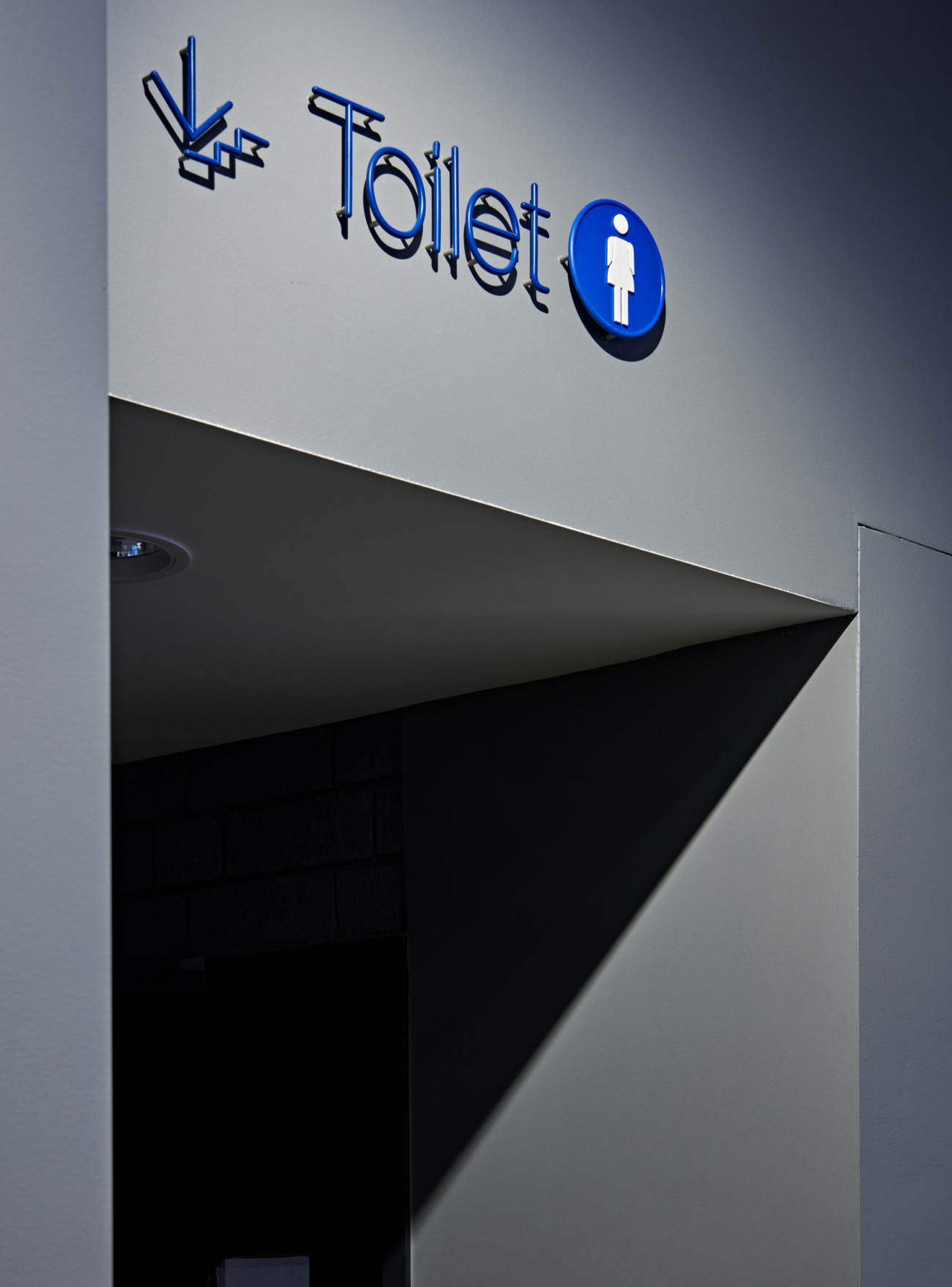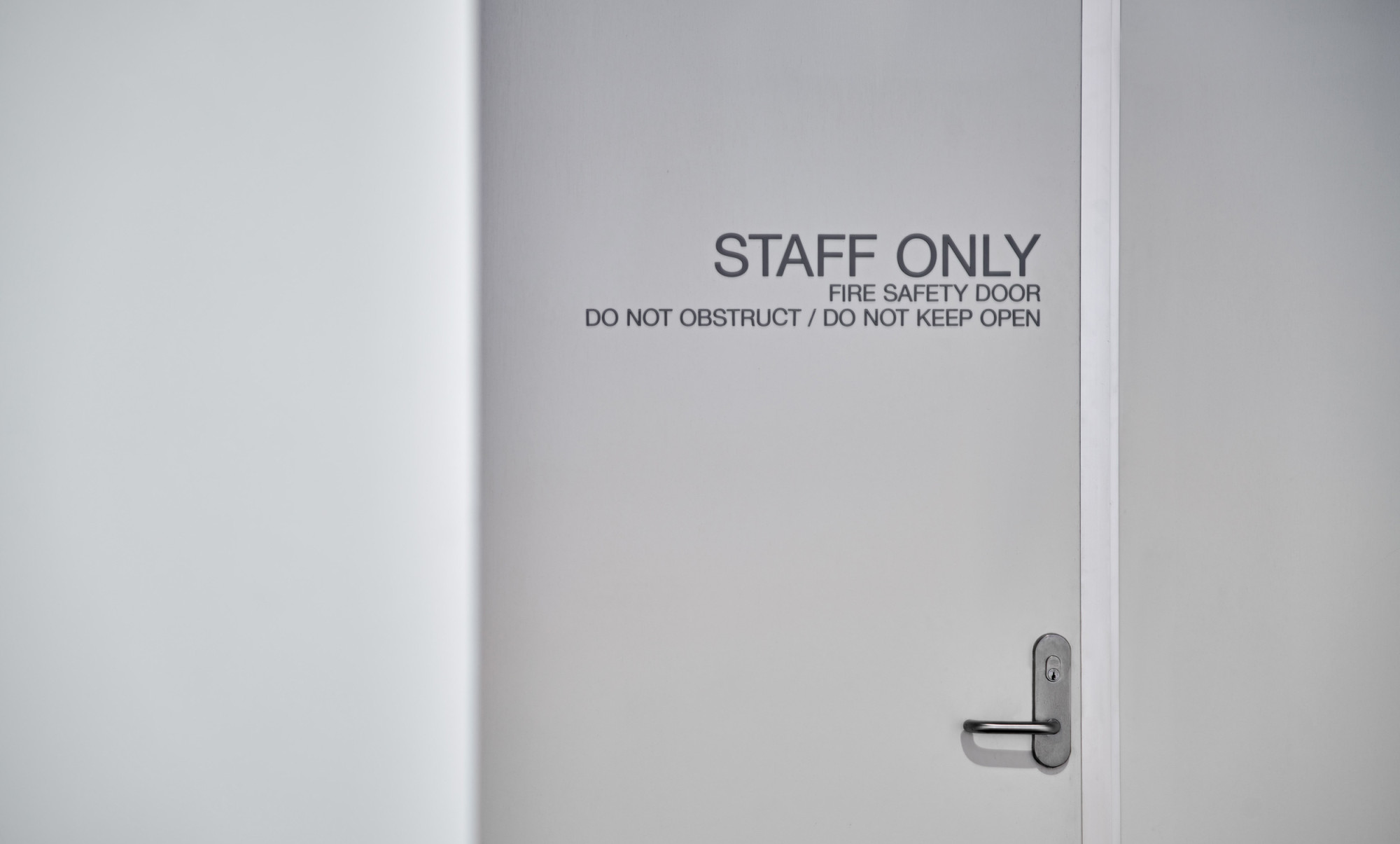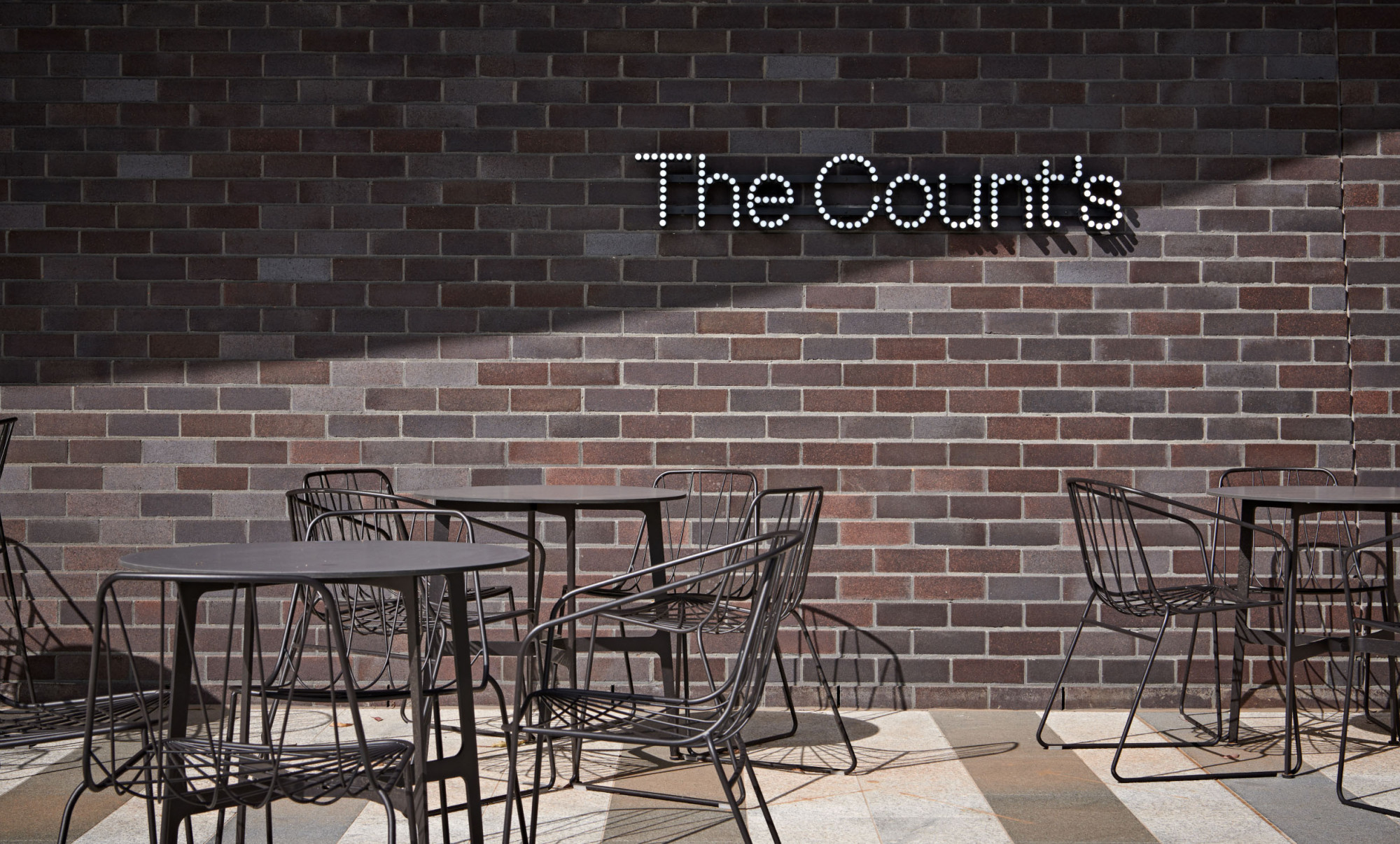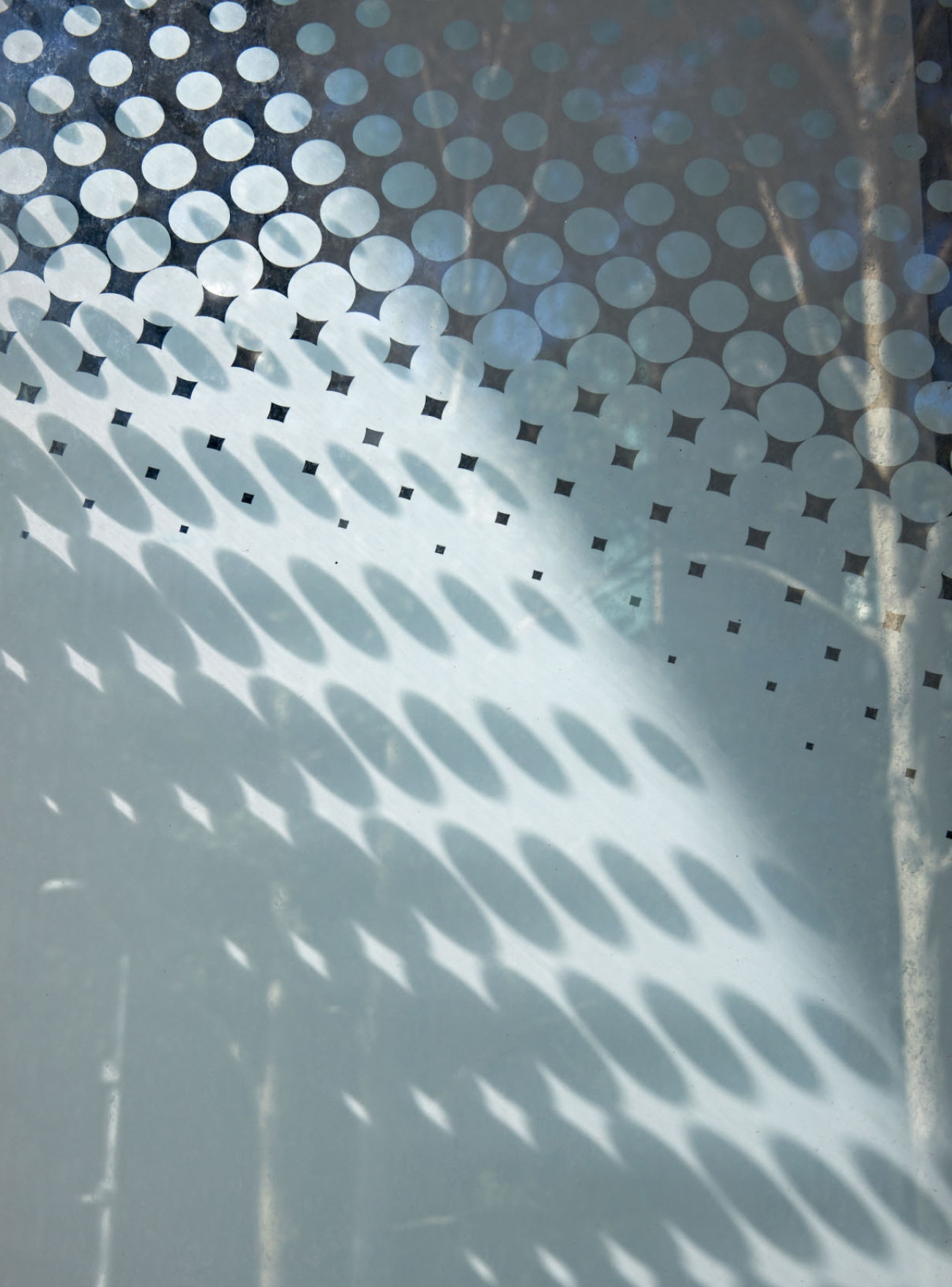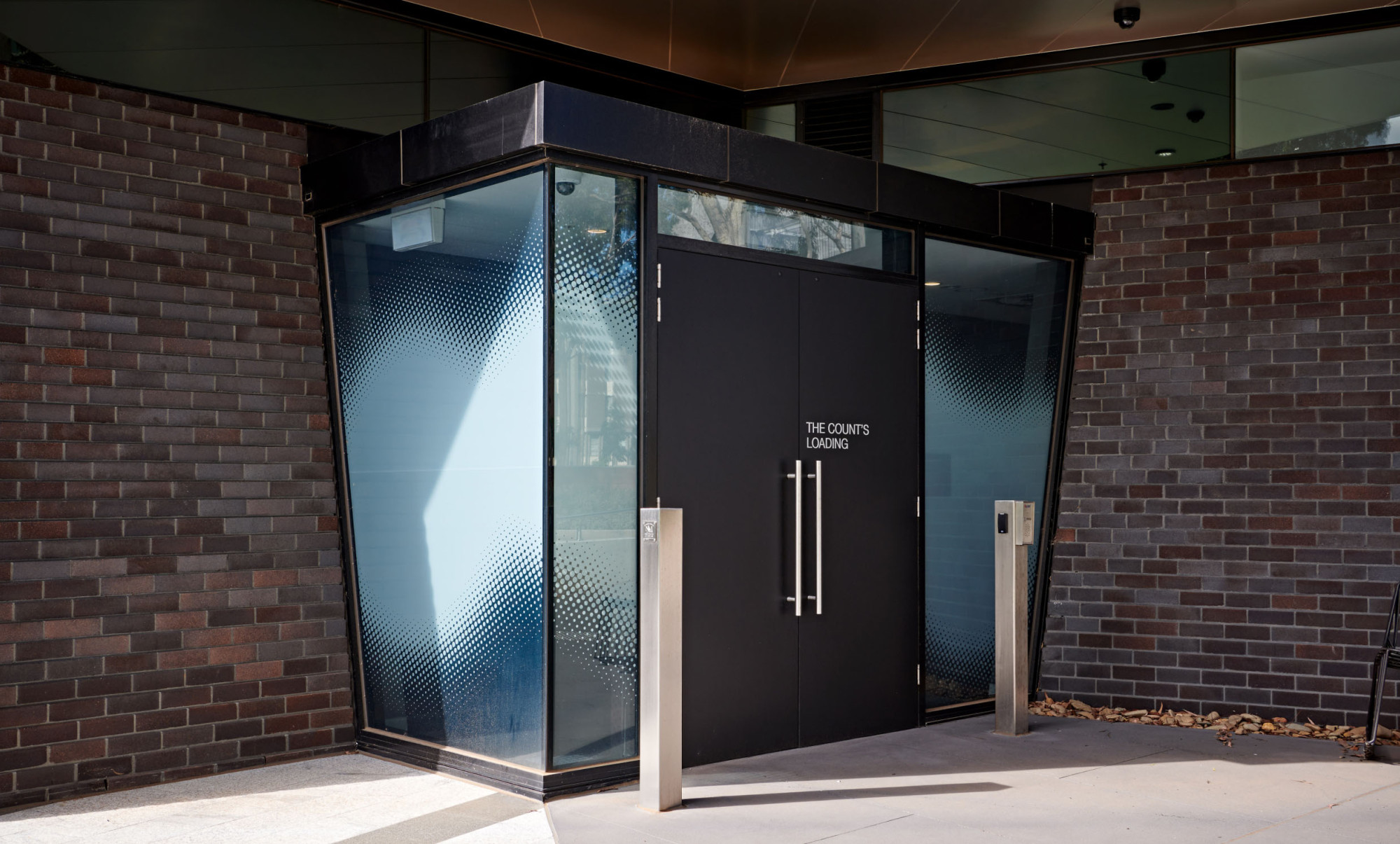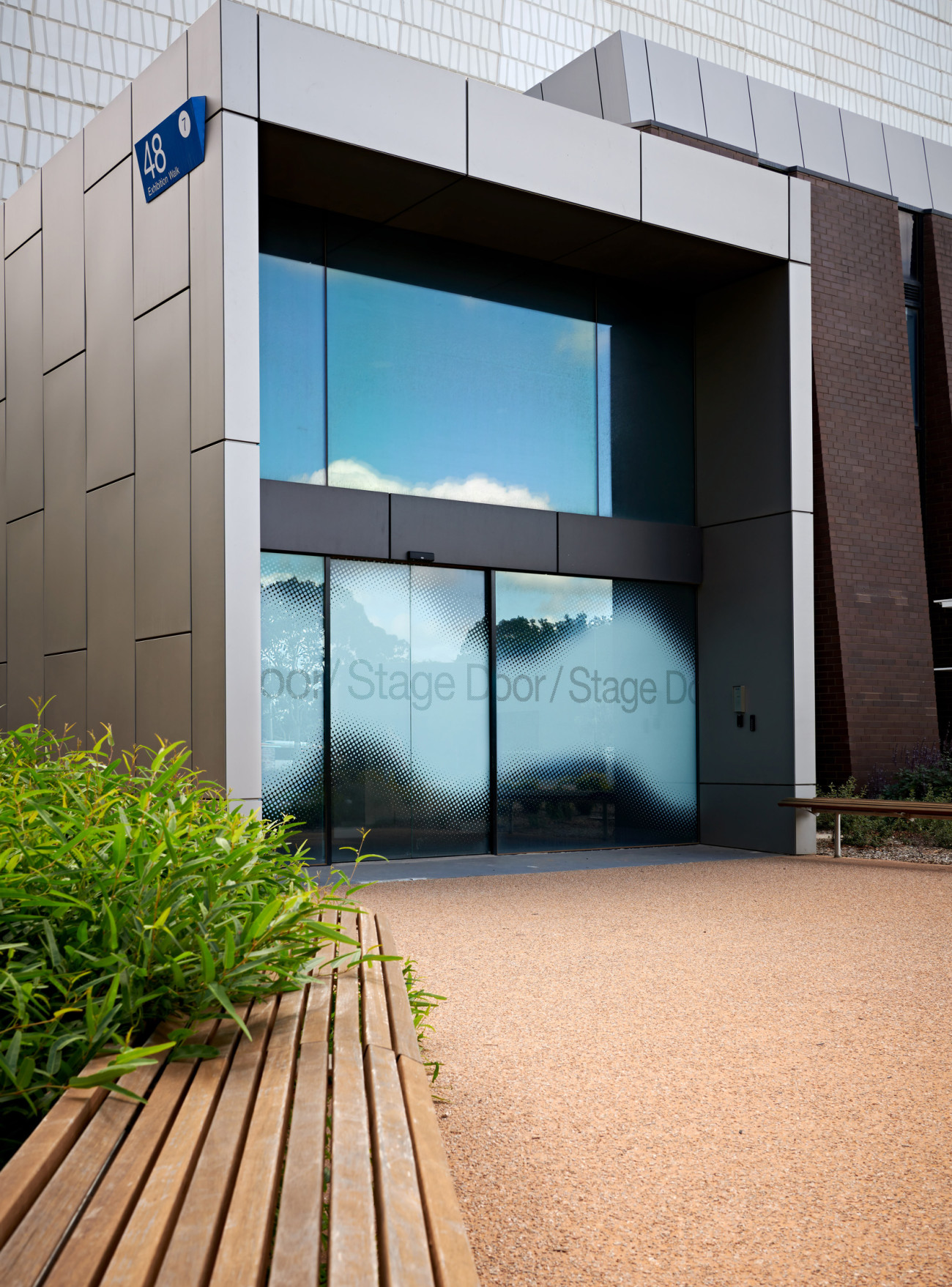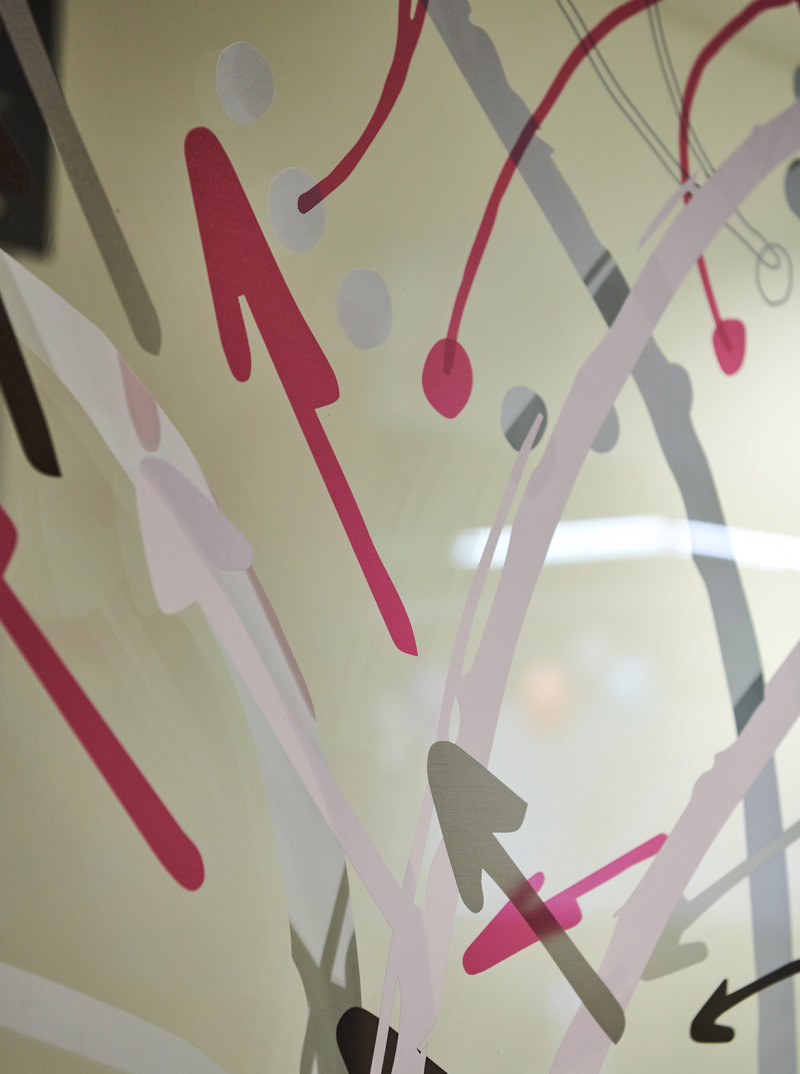
The Ian Potter Centre for Performing Arts
For Monash University, Clayton Campus
About This Project
Monash University's transformation of the 1960s Alexander Theatre into the Ian Potter Centre for Performing Arts created a bold new cultural precinct on the Clayton campus. The ambitious redevelopment — encompassing the reimagined theatre alongside newly constructed Sound Gallery and Jazz Club venues — required a cohesive spatial brand that would honour institutional identity while establishing a distinctive character for this contemporary performance destination.
Working with Peter Elliott Architecture + Urban Design, we synthesised a carefully calibrated spatial brand that navigates between Monash's established guidelines and the venue's unique architectural personality. Our approach drew from the modernist-inspired interiors while respecting the Alexander Theatre's heritage, creating a visual language that feels both institutionally grounded and culturally progressive.
- MASS Team: Andrew Ireland, Joe Bland
- Architecture: Peter Elliott Architecture + Urban Design
- Photography: Albert Comper
What We Did
- Wayfinding Strategy
- Wayfinding Signage
- Building Signage
- Statutory Signage
- Glass Graphics
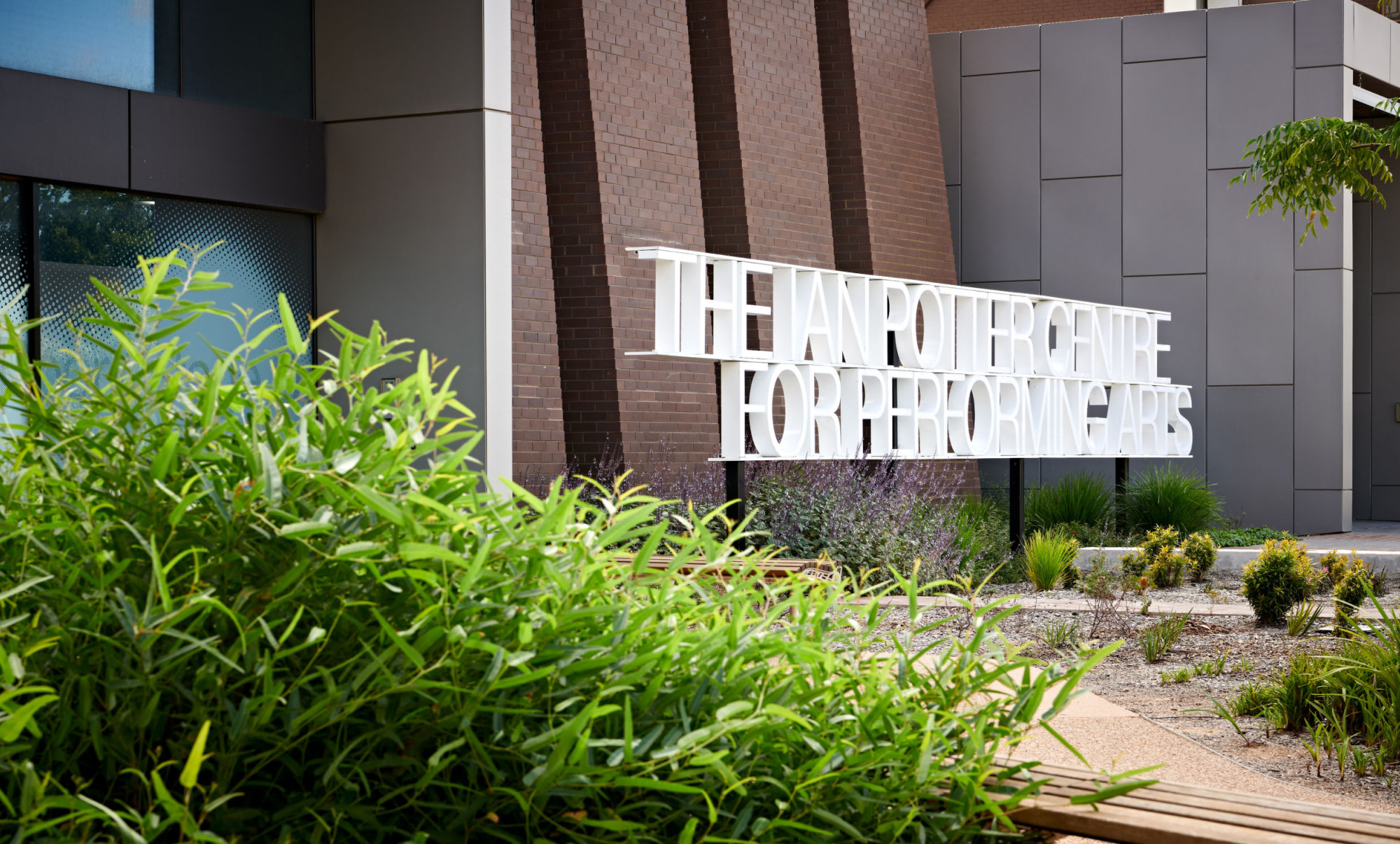


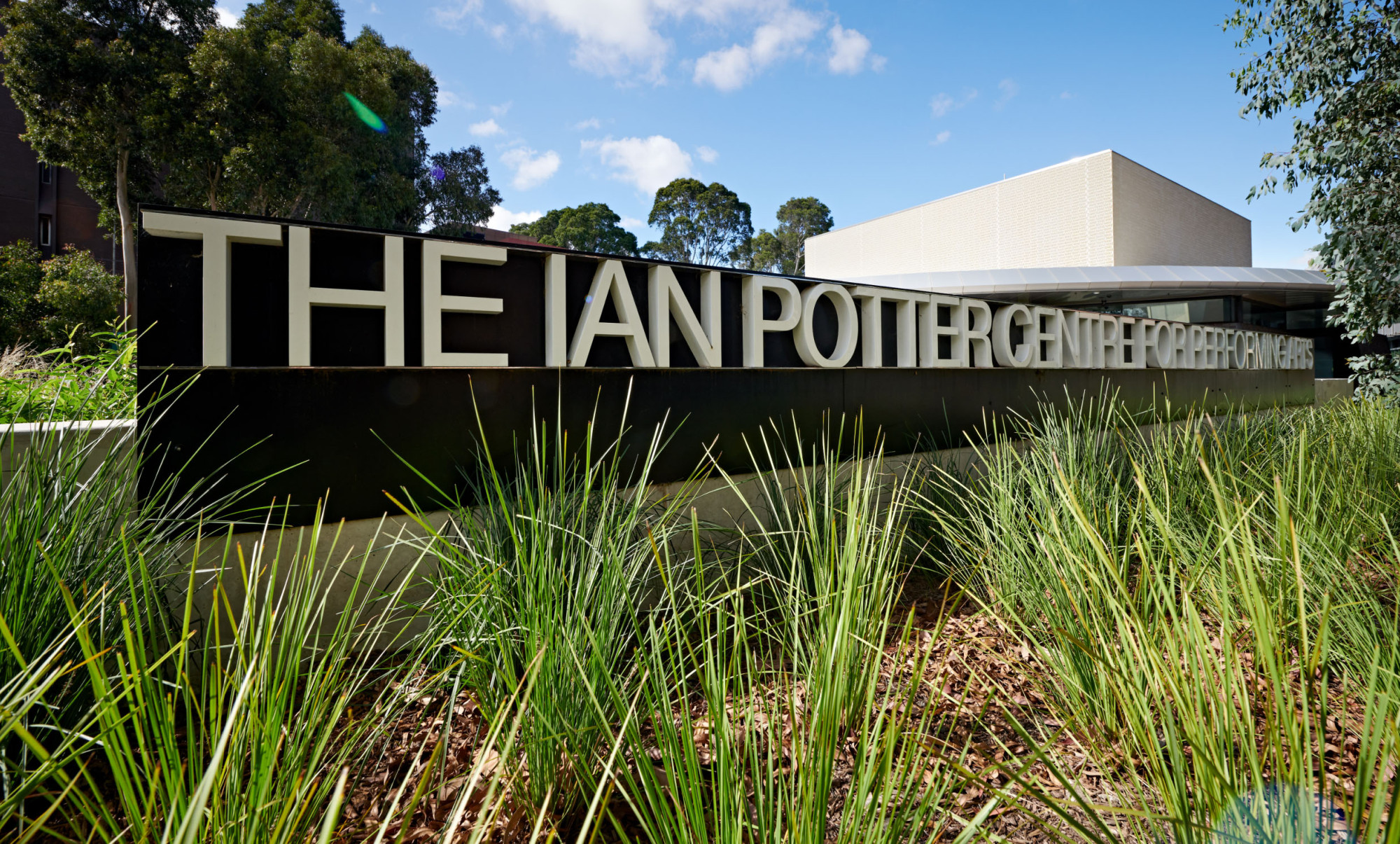
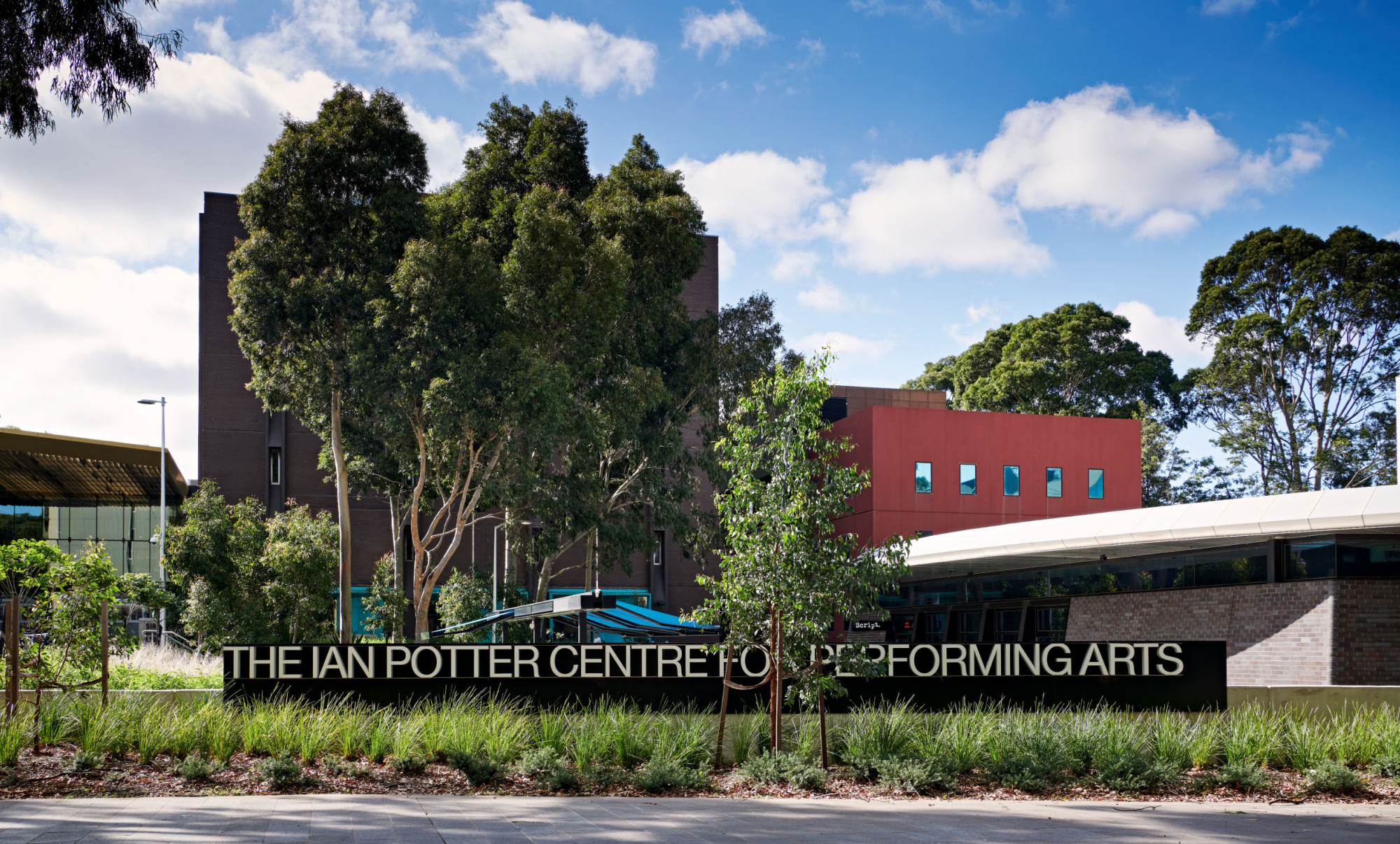


Shaping a spatial brand for the performing arts precinct meant weaving together three voices — Monash’s institutional presence, the Alexander Theatre’s 60-year legacy, and Peter Elliott’s modernist, light-filled interiors.
Within the internal wayfinding, the bent rod detail became a defining motif. Set against a refined grey-and-white palette, moments of vibrant blue punctuate the system, offering a quiet nod to the Monash brand while preserving the integrity of the architecture.

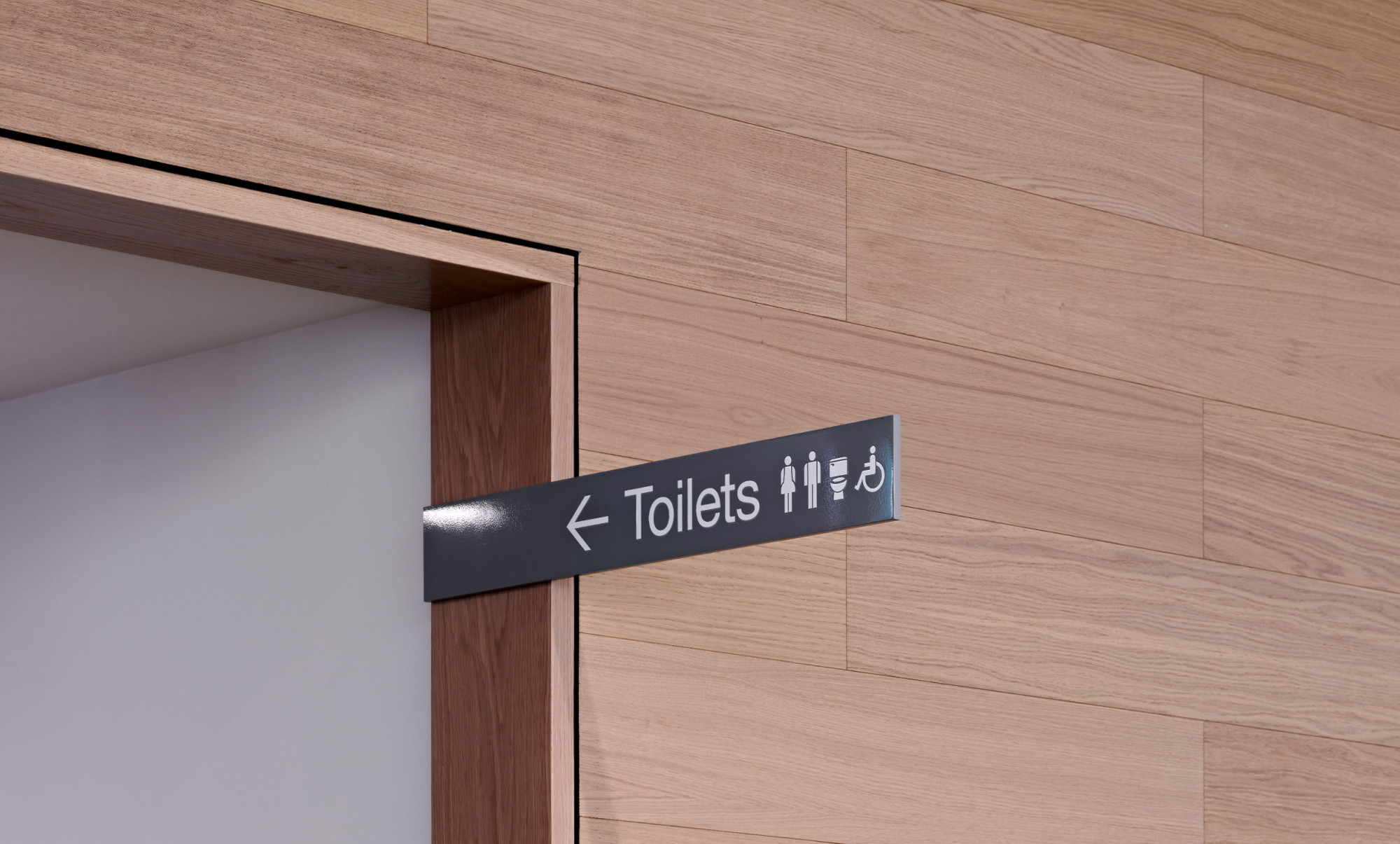
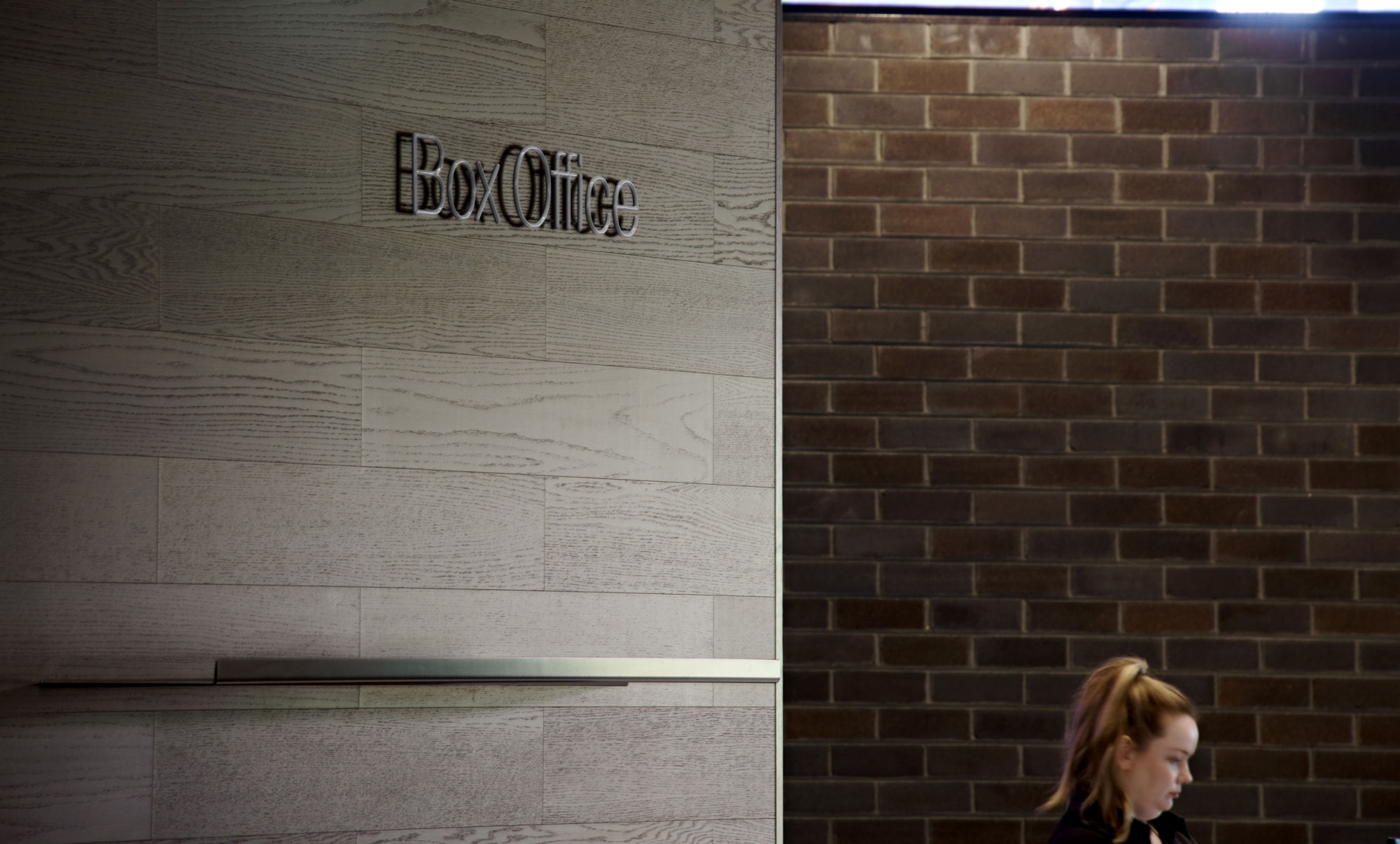
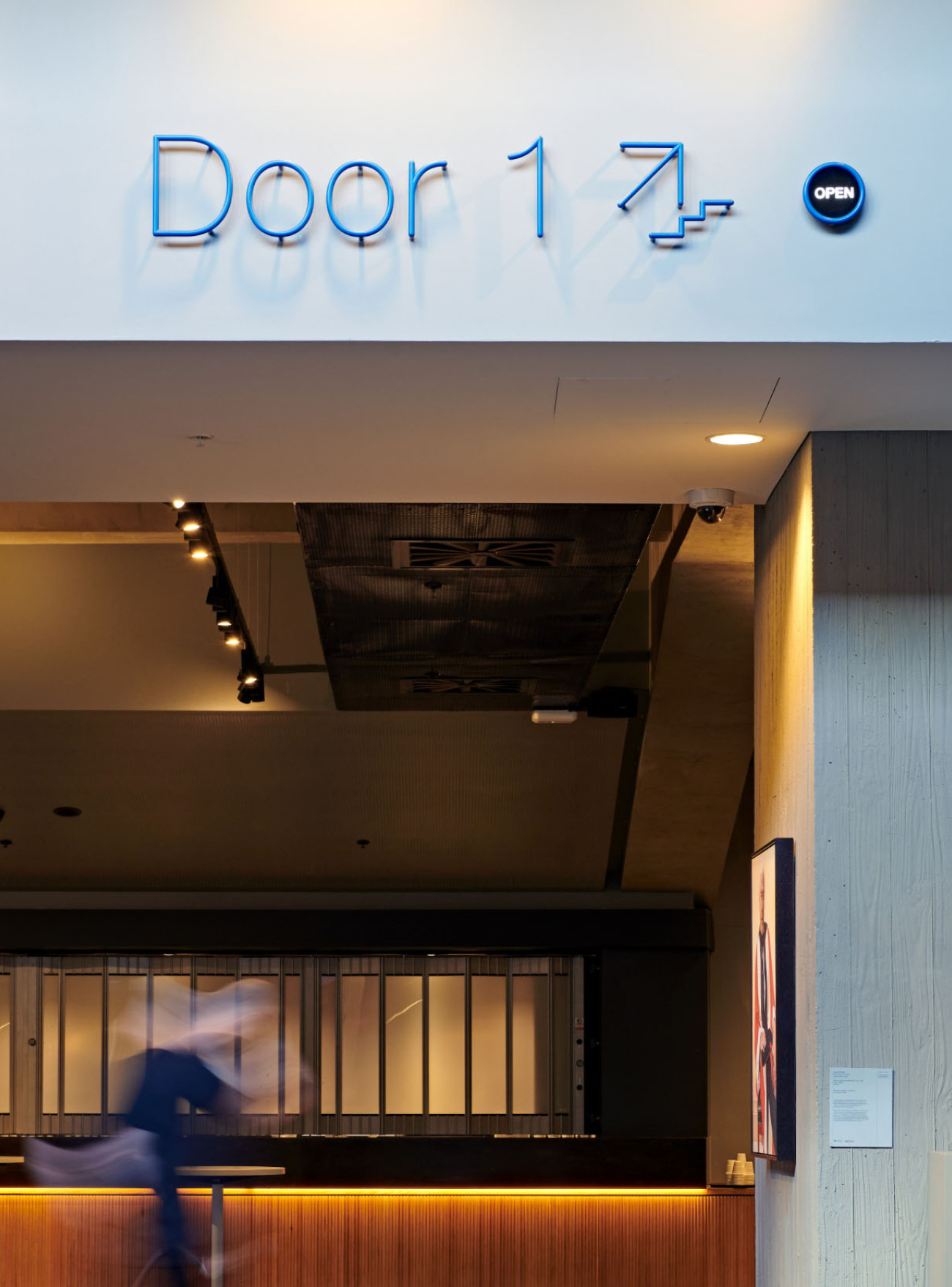
Bent rod typography moves beyond signage to become a defining element of the precinct’s spatial identity. Formed from single lengths of 15 mm cylindrical steel, these dimensional forms deliver a consistent expression across applications — from illuminated ‘open’ indicators to venue identification. This material continuity, paired with carefully restored heritage elements, creates a cohesive brand environment that feels both timeless and unmistakably contemporary.

